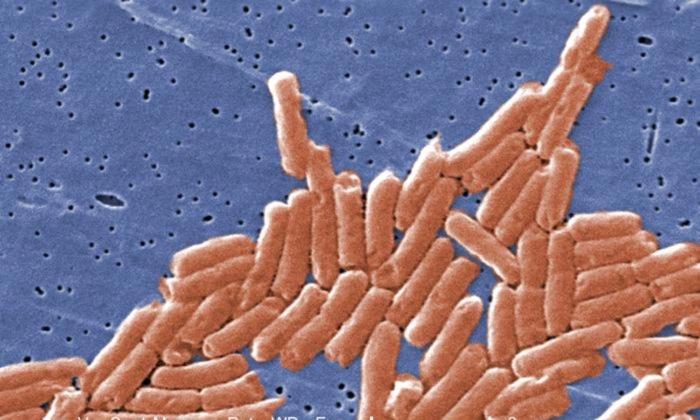An outbreak of “extensively drug-resistant” salmonella infections in six provinces that has affected many young children has been linked to raw pet food and contact with cattle, Canada’s public health agency has announced.
“Illnesses associated with the salmonella outbreak may be difficult to treat with commonly recommended antibiotics, if antibiotic treatment is needed,” the agency said, adding that 43 percent of the reported illnesses have been in children 5 or younger.
There have been 40 confirmed cases so far, with Quebec and Ontario having the highest number at 21 and 14 respectively. There have been two cases in Nova Scotia and one each in Manitoba, New Brunswick, and Prince Edward Island. Thirteen people have been hospitalized but no deaths have been reported.
The outbreak, which is still ongoing, remains under investigation and additional causes may yet be identified, PHAC said in its notice.
“The outbreak strain of Salmonella that made people sick has been found in raw pet food from the home of an ill individual,” it said. “This outbreak strain of Salmonella has also been found in sick dogs and cattle, and some of these animals have died.”
Using genome sequencing, the investigation also found some Salmonella illnesses dating back to 2020 were caused by the same outbreak strain as the current illnesses.
How to Recognize Salmonella
Symptoms begin between six and 72 hours after exposure to Salmonella bacteria, and can last four to seven days. Symptoms may include abdominal cramps, chills, fever, diarrhea, headache, nausea, and vomiting.Those who are infected with the bacteria can spread the illness to others anywhere from several days to several weeks after becoming infected, even when no symptoms are present. It is spread via person-to-person contact and by touching contaminated surfaces.
Most people who contract Salmonella will recover fully after a few days without needing treatment, but in some cases, it can also cause severe illness and require hospitalization.
How to Avoid Getting Sick
Public health recommends avoiding the use of raw pet food, especially in households with young children, those with weak immune systems, or the elderly. For those who choose to use raw food, proper storage and handwashing is key. It’s also important not to allow pets who consume raw meat to lick one’s face, mouth, or open wounds.Those who are in contact with cattle should wash their hands after exposure. An alcohol-based hand sanitizer can be used when soap and water are unavailable.







